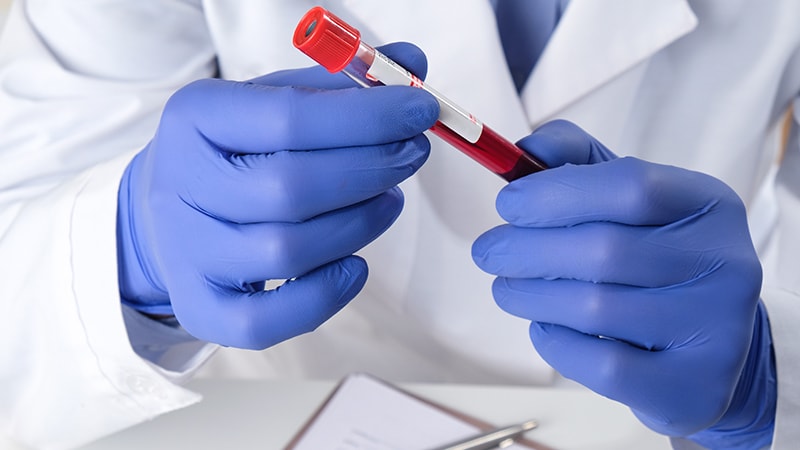TOPLINE:
Sjögren disease (SjD) presents three distinct phenotypes ― B-cell active with low symptom burden, high systemic activity with high symptom burden, and low systemic activity with high symptom burden; each phenotype has unique cytokine profiles and interferon (IFN) signatures, with elevated cytokine levels for T and B lymphocyte activation in the first two groups and a prominent IFN signature in the B-cell active group.
METHODOLOGY:
- Researchers conducted this study to assess whether three distinct phenotypes of patients with SjD were associated with distinct pathophysiological pathways and IFN signatures.
- They included 395 patients (median age, 53 years; 94% women) from the Assessment of Systemic Signs and Evolution in Sjögren’s Syndrome (ASSESS) cohort who met the 2002 American-European Consensus Group criteria for SjD.
- A panel of biomarkers including IFN alpha-2, IFN gamma, CXCL10, CXCL13, B-cell activating factor, interleukin (IL) 7, FLT3, CCL19, and tumor necrosis factor receptor II (TNF-RII) was compared between the three phenotypes.
- The IFN signature was assessed using whole blood transcriptomic analysis.
- Analysis compared systemic and symptomatic evolution and assessed the risk for new immunosuppressant prescription and lymphoma development across three clusters on the basis of the IFN signature.
TAKEAWAY:
- Higher levels of CXCL13, IL-7, and TNF-RII cytokines were found in both the B-cell active and high systemic activity groups than in the low systemic activity group (P
- The low systemic activity cluster with reduced cytokine levels showed less disease progression, with no instances of lymphoma reported in this group.
- A high IFN signature was found in a higher percentage of patients in the B-cell active group (57%) than in the high systemic activity (48%) and low systemic activity (38%) groups.
- In the B-cell active cluster, this high IFN signature was associated with an increased risk for new immunosuppressant prescription, indicating greater disease progression (hazard ratio, 9.38; P = .0032); also, all cases of lymphoma within this group were found in individuals exhibiting a high IFN signature.
IN PRACTICE:
“Our study demonstrated that our stratification, defined by symptoms, systemic clinical signs, and routine biological data, is based on different pathophysiological pathways, particularly B and T lymphocyte activation and the interferon alpha pathway. The latter could help predict the evolution of the BALS cluster, a biological but minimally symptomatic cluster, to consider closer monitoring and/or early treatments to prevent complications,” the authors wrote.
SOURCE:
The study was led by Yann Nguyen, MD, PhD, Department of Rheumatology, Hôpital Bicêtre, Assistance Publique — Hôpitaux de Paris, Université Paris-Saclay, Paris, France, and was published online on December 25, 2024, in Arthritis & Rheumatology.
LIMITATIONS:
The study evaluated only a few cytokines at the time of inclusion in the ASSESS cohort, which may not have captured the full range of biologic markers relevant to SjD. The evolution of systemic activity defined using the European Alliance of Associations for Rheumatology Sjogren’s Syndrome Disease Activity Index showed no difference according to the IFN signature in the B-cell active with low symptom burden cluster, possibly due to treatments received between annual evaluations.
DISCLOSURES:
The ASSESS cohort is supported by research grants from the French Society of Rheumatology. Some authors reported receiving grants, payments, honoraria, consulting fees, and support for attending meetings and having contracts or other ties with pharmaceutical companies.
This article was created using several editorial tools, including AI, as part of the process. Human editors reviewed this content before publication.
Source link : https://www.medscape.com/viewarticle/sj%C3%B6gren-subtypes-have-distinct-pathophysiologic-2025a100009j?src=rss
Author :
Publish date : 2025-01-07 12:45:39
Copyright for syndicated content belongs to the linked Source.
